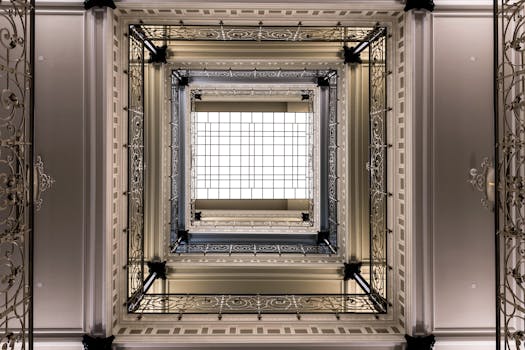
Traveling Through Time: How Europe’s Historical Heritage Shapes Modern Lifestyles in 2025
Traveling Through Time: How Europe’s Historical Heritage Shapes Modern Lifestyles in 2025. Europe, a continent steeped in history and tradition, has a unique ability to blend the past with the present. From the ancient ruins of Greece and Rome to the modern cities of London and Paris, Europe’s historical heritage is a palpable force that continues to shape modern lifestyles in 2025. In this article, we will explore the ways in which Europe’s rich history influences contemporary culture, architecture, cuisine, and beyond.
Architecture and Urban Planning
One of the most visible examples of Europe’s historical heritage is its architecture. From the Gothic cathedrals of France to the Renaissance palaces of Italy, Europe’s buildings are a testament to the continent’s rich cultural past. Many of these historic structures have been beautifully restored and now serve as museums, hotels, and other public spaces. For example, the famous Hotel Danieli in Venice, Italy, is a 14th-century palace that has been converted into a luxury hotel, offering guests a unique glimpse into the city’s rich history.
Art and Culture
Europe’s historical heritage is also evident in its vibrant art and cultural scene. From the works of Michelangelo and Leonardo da Vinci to the modern masterpieces of Picasso and Warhol, European art has had a profound impact on the world. Many of Europe’s cities are home to world-class museums, such as the Louvre in Paris and the Uffizi Gallery in Florence, which showcase the continent’s rich artistic heritage. In addition, Europe’s many festivals and celebrations, such as the Venice Carnival and the Tomatina festival in Spain, are a testament to the continent’s love of art, music, and self-expression.
Cuisine and Wine
Another area where Europe’s historical heritage is evident is in its cuisine and wine. From the rich flavors of Italian pasta dishes to the delicate pastries of French patisserie, European cuisine is a reflection of the continent’s diverse cultural heritage. Many of Europe’s traditional dishes have been passed down through generations, and the continent’s many wine regions, such as Bordeaux and Tuscany, produce some of the world’s finest wines. For example, the famous Italian dish, risotto, originated in the 16th century and is still a staple of Italian cuisine today.
Modern Lifestyle
So, how does Europe’s historical heritage shape modern lifestyles in 2025? One way is through the preservation of traditional practices and customs. For example, many Europeans still observe traditional holidays and celebrations, such as Christmas and Easter, which are steeped in history and cultural significance. Additionally, the continent’s many historical landmarks and monuments continue to inspire artists, writers, and musicians, influencing contemporary culture and creativity. Furthermore, Europe’s historical heritage has also shaped modern lifestyles through its influence on education, with many European universities and institutions offering courses and programs in history, art, and culture.






